I’m a biologist, my degree is in Physiology, I worked in hospital medical science for 20 years, I know a bit about science. I also have kids, kids that have been to Everest Base Camp. Together, we wrote this simple explanation of altitude sickness and acclimatisation, with links to videos and further resources. We hope you find it useful. None of this is medical advice, of course, just a scientific round-up for travel and trekking.
My kids researched altitude sickness and tried to answer the question “What is Altitude Sickness?” by creating a blog post. We’re off to Everest Base Camp again soon and this was a little “school” project for them.
I studied physiology in university, so I’ve got a reasonable handle on this but I thought the kids, and maybe a few readers, might appreciate some simple information on acclimatisation, adaptation to altitude, how to acclimatise, pulmonary or cerebral oedema (edema if you’re American), and so on. We hope you find it useful.
We’ve included links, videos and resources so you can do some more research of your own. This is not medical advice and don’t take it as such, it’s just a basic explanation and a few things you need to think about if you’re planning on trekking in the Himalayas, or anywhere else in the word (Inca Trail for instance) that takes you high.
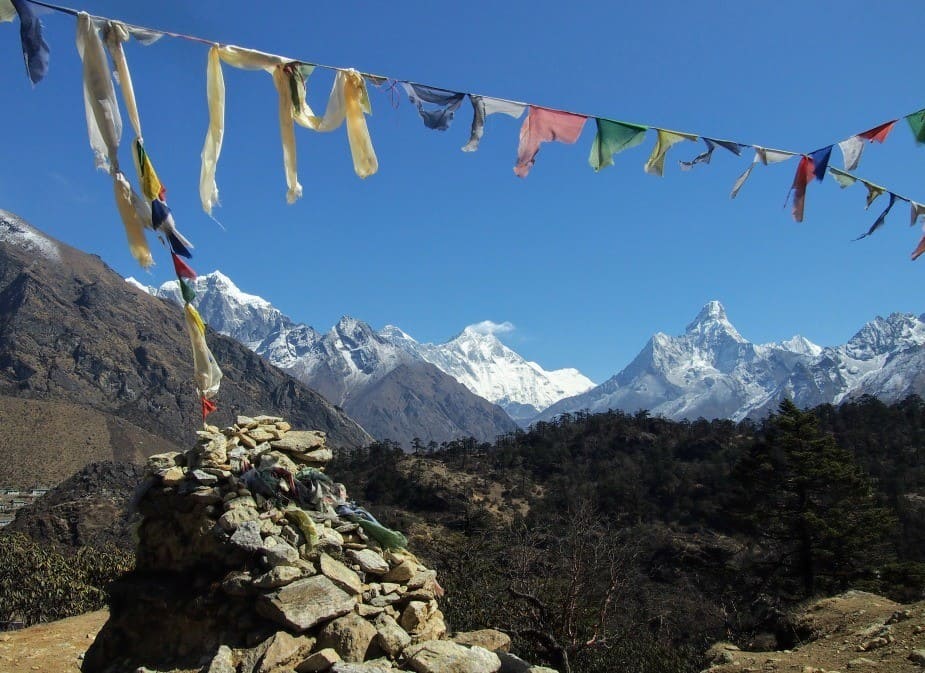
We’re now on our 4th high altitude trek, our second as a family with kids. My husband is ultra fit, I am not and the kids are just regular kids.
Your fitness level and age has very little influence on how susceptible you are to altitude and in fact, the only person in our family to have ever had any problems with altitude was the fittest of us.
This was on the one occasion that we flew to altitude in Peru rather than ascending slowly as you generally do in the Himalayas.
I take my kids to altitude now, but below the age of about 9, I wouldn’t even think of doing it.
My son first went above 4,000m when he was 11 and he did fine. People do go with younger kids, I just wouldn’t. That’s my call based on my experience of the potential dangers and difficulties up there.
This is their school project, we’re working on science, research, and fact finding, how to create a blog post, coding, and much more by doing projects like this.
I’m teaching them to take over the family business and be part of our team, should they choose to.
What is Altitude Sickness?
Altitude sickness is your body failing to function with less oxygen. The higher you go, the less oxygen you get. This is because gravity pulls gas molecules downwards.
There are less oxygen molecules at altitude and the air is less dense.
Altitude sickness usually strikes at altitudes of 2400m (8000 feet) and above. Your body will try to counteract the lower oxygen levels by increasing breathing and heart rate, among other things.
You may get a headache of feel very breathless or nauseous as a first sign.
This YouTube video explains altitude sickness very well and makes it simple.
There are 3 forms of altitude sickness. The mildest is AMS, followed by HAPE and HACE. You can get HAPE without having AMS first. (source)
AMS
AMS (acute mountain sickness) is the mildest form of altitude sickness. If you have AMS you might have nausea, headaches, muscle aches, insomnia, swelling of extremities or face and feel dizzy.
You should try and do something to get rid of AMS because if you don’t you might progress to HAPE or HACE. Most cases of Acute Mountain Sickness are mild.
If you think you have AMS you should go down or rest at the same altitude to acclimatise. You might need a doctor or oxygen. (source). Exercise makes altitude sickness worse.
HAPE
HAPE stands for high-altitude pulmonary oedema. This can be deadly. If you don’t know what oedema is, see below.
HAPE mainly occurs because arteries in the lungs develop high pressure because of low oxygen levels. This forces fluid into the lungs. With fluid in your lungs you get even less oxygen.
The scientific way of saying this is that hypoxic pulmonary vasoconstriction occurs causing raised pulmonary artery pressure.
Symptoms of HAPE are extreme tiredness and breathlessness even when you are resting. You can cough and your sputum can be pink or foamy. Your extremities might go blue or grey because of hypoxia (cyanosis is when things like your lips go blue)
Prevention of HAPE
Ascend slowly, drink lots of water, take rest days to acclimatise. Don’t drink or smoke. Just normal acclimatisation.
Treatment of HAPE
You need to go down and get oxygen into your system. See a doctor, there are drugs to help you.
Oedema
Oedema or edema for Americans is when extra fluid accumulates in your tissues. It can be in the interstitial spaces (interstitial edema) or within your cells (cellular edema).
In pulmonary oedema the fluid goes into your lungs. In cerebral oedema the fluid is in your brain.
HACE
HACE is High Altitude Cerebral Oedema and is the worst and most severe form of altitude sickness. It can be fatal. Cerebral Oedema is fluid in the extracellular spaces or intracellular areas of the brain. Symptoms include confusion and not being able to do simple things.
As the brain expands you will become weaker and sleepier and after a while coma will set in.
How Does Your Body Acclimatise?
Immediate effects of your body adapting to high altitude include hyperventilation. You also begin to breathe more deeply to increase tidal volume (tidal volume is the amount of air that is moved in and out of the lungs in each breath).
Heart rate is also increased so more blood travels around the body in a fixed amount of time. If you are at a high altitude for a long time the amount of red blood cells in your body will increase.
Scientists came up with a formula to work out how long it takes the body to raise red blood cell count in response to altitude. You multiply 11.4 days per 1000m of going up.
Hypoxia
Hypoxia just means that an area of the body is not receiving enough oxygen to function normally. Every cell in your body needs oxygen to work and its carried to each cell through your red blood cells.
Red blood cells are called erythrocytes and they contain a pigment called hemoglobin which contains iron and gives your blood the red colour.
Diamox or Acetazolamide
This is a drug that people take to prevent or reduce symptoms of altitude sickness. Some trekkers carry it with them.
How to Acclimatise to Avoid Altitude Sickness
- Give your body time to adapt to altitude.
- Take rest days for acclimatisation.
- Reduce exercise or exertion.
- Climb high, sleep low.
- Drink plenty of water.
- Don’t drink or smoke.
The Death Zone
The death zone begins at an altitude of 8000m. The reason behind it being called the death zone is that there simply isn’t enough oxygen for the human body to survive.
People summiting Everest enter the death zone but trekkers going to Everest Base Camp (EBC) don’t.
Further Resources
We hope if you’re going trekking in Nepal ( or anywhere else) you find our explanation of altitude sickness useful.
Want more information on visiting Nepal? You need our Nepal travel blog. Both boys, mum and dad, made it to Everest Base Camp, altitude didn’t bother us too much. We also made it through Tibet and Bhutan, with no altitude issues.
About the Author D for World Travel Family

D, is a very young writer and content creator just starting out for the World Travel Family website. He is a blogger, video editor, graphic designer, and aspiring social media and YouTube ninja. He is and was home educated, and is currently sitting his A levels in History and Biology. He is a snake wrangler, a future crocodile hunter, and has been to over 50 countries during over 6 years of full-time travel. Like most teenagers, he loves gaming which made him an instantly awesome drone pilot, and is largely responsible for his huge and imaginative vocabulary. You can find other posts by D here. Most videos on this site are his work.
If you'd like to hire a car during your stay, use this car rental comparison tool to find the best deal!
We also suggest you take a look at this company to get a quote for all kinds of the more tricky adventure or extended travel insurance.
Try Stayz / VRBO for an alternative way to find rentals on homes/apartments/condos in any country!

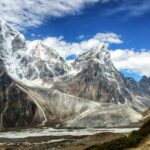
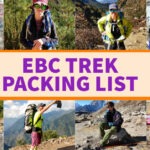
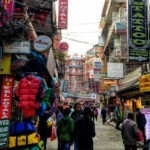
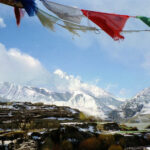

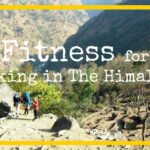

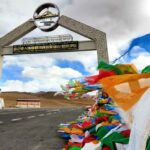
You shared beautiful information. Generally a person will love to trek with mountains. I am very excited about the trekking of everest. .
Well written. Informative. Easy to understand.
Well done D.
Oh, and I love the ‘He doesn’t want to be a writer’. Haha.
He hates the whole concept…he likes video though 🙂 Thanks Belinda, I’ll tell him.